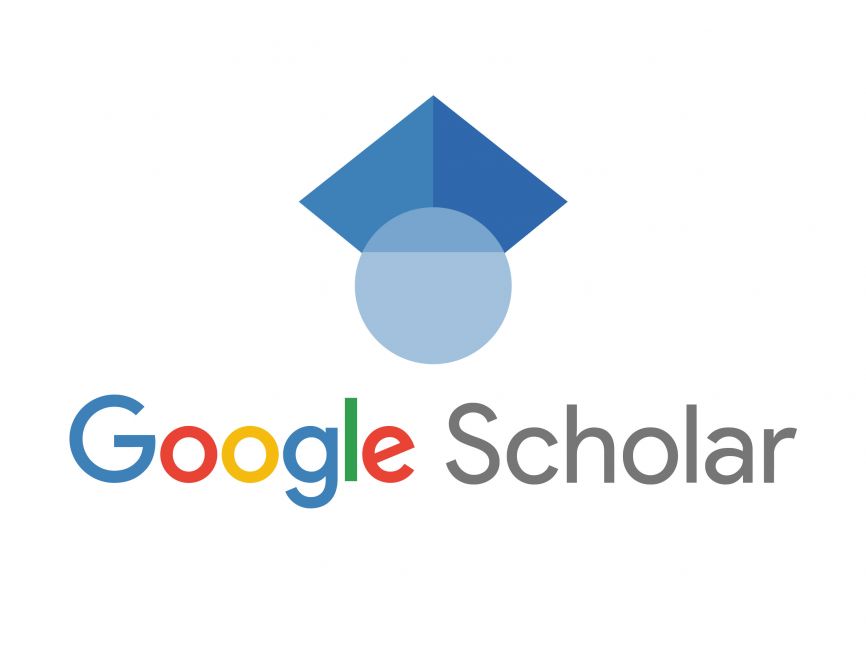The Romance Between NCTzen and NCT
Commodifying Fan Relationships on the Bubble App
DOI:
https://doi.org/10.37535/103006120253Keywords:
Commodification, Romance, Bubble App, NCT, NCTZenAbstract
This study aims to understand how NCT's romance is commodified through the Bubble application. It employs a qualitative approach with a constructivist perspective. Informants were chosen based on their availability and willingness. Data were gathered from two sources: primary and secondary. Primary data were collected through interviews with informants and participant observation on the Bubble app, while secondary data were derived from relevant previous literature. The research data were analyzed in several stages: data reduction, data presentation, conclusion drawing, and verification. The study found that SM Entertainment, the media owner, recognizes the desire of NCTZen to have a closer connection with NCT. Consequently, SM Entertainment engages in three forms of commodification through the Bubble application: romantic content, labor, and audience. This commodification results in significant benefits for SM Entertainment due to the loyalty of NCTZen towards NCT.
References
Bowra, C. M. (1949). The Romantic Imagination. Harvard University Press.
Budiarti, E. P. (2022). Analisis Perilaku Loyalitas dan Fanatisme Fans NCT. Universitas Islam Indonesia.
DearU. (2021). Financial Information, Shareholder Structure. DearU. https://www.dear-u.co/en/pages/ir_Graph.php
DearU. (2023). IR Report. DearU 4Q’23 Earning Result. DearU. https://www.dear-u.co/data/file/ir_etc/20240319195523_b39880f474ef9101914aa9e5fef83218.pdf
Girsang, S. A., Zein, D., & Risanti, Y. D. (2024). Motif Penggunaan Aplikasi LYSN Di Kalangan Fandom NCTzen Indonesia. Student Research Journal, 2(1), 153–164. https://doi.org/10.55606/srjyappi.v2i1.1007
Hidayat, D. N. (2002). Metodologi Penelitian dalam Sebuah “Multi-Paradigm Science.” https://doi.org/https://doi.org/10.29313/mediator.v3i2.766
Hisyam, C. J., Nikita, A., Chotimah, A. N., Pasha, J. F., & Mulia, N. S. (2024). Peran Platform Weverse Sebagai Sarana Interaksi Dan Ekonomi Dalam Industri K-Pop. Jurnal Ekonomi Dan Pembangunan Indonesia, 2(3), 76–86. https://doi.org/10.61132/jepi.v2i3.657
Jinyoung, P. (2023). Studies of K-pop fandom culture: User experience and motive research of subscription app “Bubble" [Master’s Thesis]. University of Adger.
Labibah, A. Z. (2023). Komodifikasi Intimasi Fans Idol dalam Industri Budaya Populer K-Pop (Studi Kasus: ARMY Indonesia Pengguna Weverse). Universitas Negeri Jakarta.
Maclaran, P., Holloway, R., Stevens, L., Broderick, A. J., Goulding, C., & Broderick, A. (2005). The Commodification of Romance? Developing Relationships Online. https://www.researchgate.net/publication/273319983
Molina, E., & Young, Y. H. (2022, March 4). No. of global Hallyu fans Sees 17-fold jump to 150M in 10 year. Korea.Net. https://www.korea.net/NewsFocus/Culture/view?articleId=211458
Poethrycendrawan, K., & Utami, L. S. S. (2022). Pola Komunikasi Kelompok Penggemar NCT pada Media Sosial Twitter. Koneksi, 6(2), 374–379. https://doi.org/10.24912/kn.v6i2.15720
Rie. (2020, October 26). Fans Indonesia Jadi Penyumbang Views Terbanyak di Kanal YouTube NCT U. Dreams.Id. https://hiburan.dreamers.id/article/92623/fans-indonesia-jadi-penyumbang-views-terbanyak-di-kanal-youtube-nct-u
Saifuddin, D. A., & Masykur, A. M. (2014). INTERAKSI PARASOSIAL. Jurnal EMPATI, 3(4), 143–152. https://doi.org/10.14710/empati.2014.7568
Sarajwati, M. K. A. (2020, September 30). Fenomen Korean Wave di Indonesia. Egsaugm. https://egsa.geo.ugm.ac.id/2020/09/30/fenomena-korean-wave-di-indonesia/
Shim, D. (2006). Hybridity and the rise of Korean popular culture in Asia. In Media, Culture and Society (Vol. 28, Issue 1). https://doi.org/10.1177/0163443706059278
Yang, L. (2022, October 2). How K-Pop Apps Creat the Illusion of Private Messaging with Celebrities. Nngroup. https://www.nngroup.com/articles/kpop-private-messaging/
Yeon Jeong, K. (2022, January 27). #KpopTwitter reaches new heights with 7.8 bilion global Tweets. . Blog X. https://blog.twitter.com/in_id/topics/insights/2022/indonesia-negara-yang-paling-ramai-membicarakan-k-pop-di-twitter
Zhang, Y. (2022). A Study on the Para-social Interaction Between Idols and Fans in Virtual Applications. https://doi.org/10.2991/assehr.k.220105.205
Downloads
Published
How to Cite
Issue
Section
License
Copyright (c) 2025 Hasna Qhotrunnadaa Salijar, Ni Made Ras Amanda Gelgel, Ade Devia Pradipta

This work is licensed under a Creative Commons Attribution 4.0 International License.
Copyright rules apply for the articles that are featured in COMMENTATE: Journal of Communication Management
- COMMENTATE: Journal of Communication Management holds the right to be the first to publish the article.
- Authors will still be the copyright holder for their articles published on COMMENTATE: Journal of Communication Management and can use it freely as long as it does not violate the rules.
- Papers featured on COMMENTATE: Journal of Communication Management are under the Creative Commons Attribution 4.0 International License. Further details can be access on Open Access Policy.











